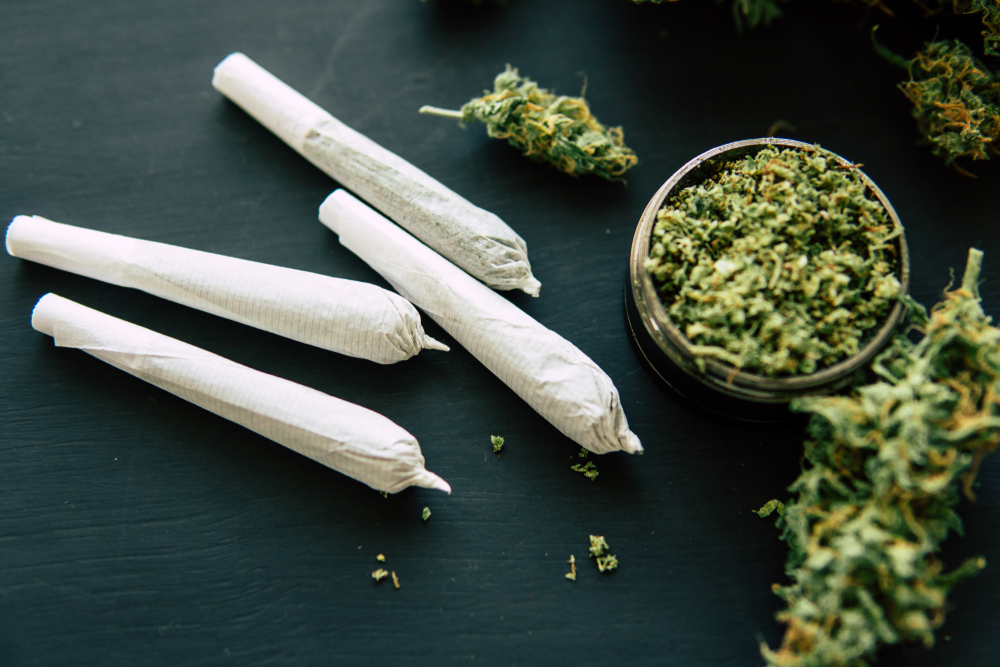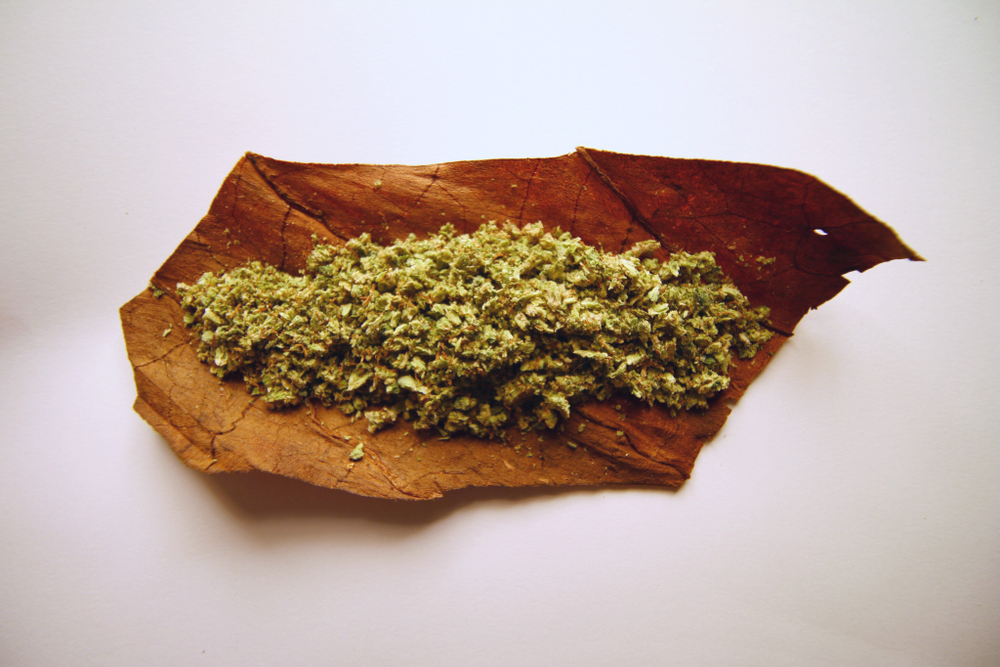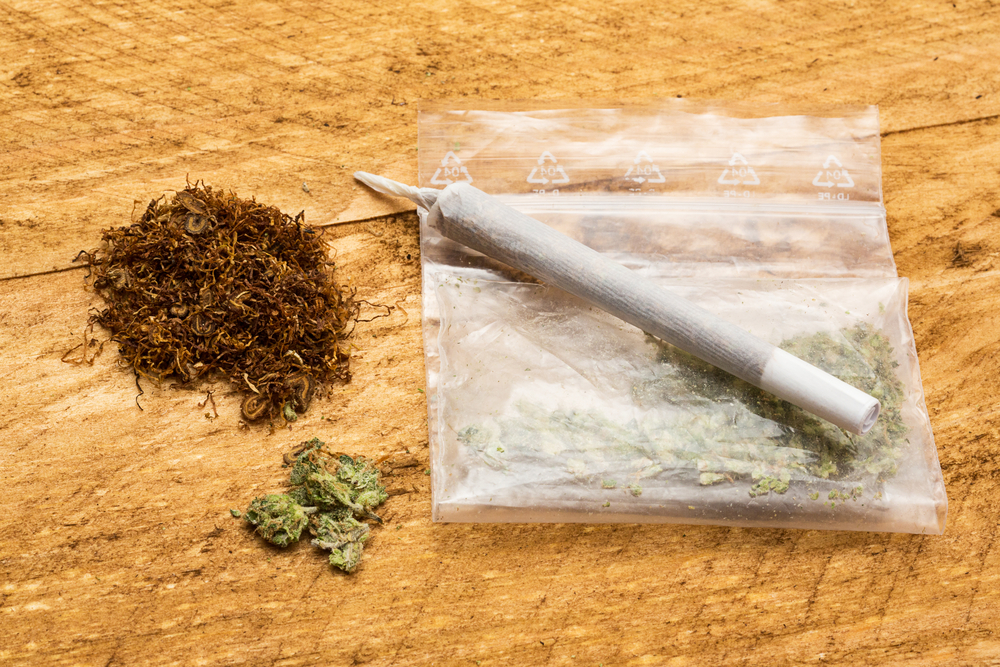Culture
Blunt vs Joint – Are They Different?
Blunt vs joint – the age old debate. In recent years, people have taken advantage of advancements in technology to use cannabis in new and novel ways. Some might say technologies like vaporizers make cannabis more accessible than ever. While that may be true, we also believe there’s a certain kind of magic and artistry to more traditional delivery methods like blunts, joints, and spliffs.
Millions of people still take the time to sit down with their rolling papers, grinders, and filters to roll their cannabis by hand. You may have even seen people proudly showing off their best work on social media platforms.
Although blunts, joints, and spliffs share many similar qualities, there are a few key differences. In general, each one can be defined by the cannabis content, type of rolling paper used, and whether or not they include tobacco.
If you find yourself wondering “what’s the difference between a blunt and a joint?” or “what is a spliff?”, you’ve found yourself in the right place. We’ve included a detailed breakdown of each term below — but it’s important to note that different places may use unique slang for these same concepts.
Let’s examine these three terms in detail to understand why people around the world swear by rolling their own cannabis.
What is a Joint?

Joints are likely the most common way to roll cannabis. When you picture a small, tightly rolled, white paper cone, you’re probably thinking about a joint.
Joint definition: a hand or machine rolled marijuana cigarette in a thin paper. Unlike blunts and spliffs, which contain tobacco, joints are rolled using only fresh cannabis.
To reiterate, joints are rolled with no tobacco — which is one of the key factors setting them apart from blunts and spliffs.
Rolling papers used for joints are generally white and flavorless — although they can be purchased in a variety of sizes, colors, and flavors. Depending on which brand you choose, the papers may be made out of hemp, rice, flax, or other plant materials.
Joints normally have a filter (also known as a tip or crutch) at one end that makes them easier to roll, prevents plant material from entering your mouth, and helps to ensure you don’t burn your lips or fingertips.
Experienced rollers may be able to roll them in interesting shapes (like the cross joint popularized by the movie Pineapple Express) but they’re often a straight cylinder or cone.
It may take some time before you’re able to confidently roll so that it looks sharp and smokes well — but don’t stress. We’ve all rolled less than perfect joints. As long as they can be shared among friends, that’s all that counts in our books.
What is a Blunt?

A blunt is rolled using tobacco leaf papers or an emptied out cigar. The tobacco inside the cigar is replaced with cannabis and rerolled. The blunt contains tobacco in the wrapper itself— so you may feel an extra buzz from the nicotine if you’re smoking a blunt.
Blunts also tend to be larger than joints due to the difference between cigar or cigarillo wrappers, and standard rolling papers. Cigar wrappers are also thicker which allows you to pack in more cannabis without ripping the paper. The thickness of the paper also means a blunt tends to burn slower than a joint.
Many people prefer to smoke blunts without a filter, like a cigar, but the final call is up to you.
Due to the combination of tobacco and cannabis, larger size, and slower burn rate of blunts, they tend to have stronger effects than joints.
Lastly, we have spliffs. Although “spliff” is often used interchangeably to describe blunts and joints, they do have a more strict definition.
What is a Spliff?

A spliff falls in between blunts and joints with a mix of tobacco and cannabis, rolled in a standard rolling paper.
Spliffs often look just like joints— meaning you may have to check with whoever rolled it to see if it contains tobacco or not. Like a blunt, spliffs will often have an accompanying head rush due to the nicotine from tobacco.
Like a joint, spliffs will often use a filter or tip at the end of one side.
The ratio of cannabis and tobacco in a spliff is decided by whoever rolls it — so the effects of a spliff may be quite a bit different from a blunt or a joint. Some people prefer to mellow out the tobacco with cannabis, while others may prefer to energize their cannabis with tobacco.
For people looking to avoid nicotine, it may be best to stick specifically to joints.
How to Smoke a Joint, Blunt, or Spliff
First of all, it’s important to make sure you’re inhaling the smoke. If you simply hold the smoke in your mouth, it’s unlikely you’ll feel the full effect of the cannabis. Make sure the smoke gets deep into your lungs to get the most out of your smoke session.
Lighting the end of the joint before smoking helps to make it burn evenly. Skipping this step may cause it to burn down one side (also called canoeing) meaning you’re really only smoking part of your joint.
Once it’s evenly lit, bring the filter end up to your mouth and inhale. There’s no rush — inhale slowly and fill your mouth. Pull it away from your lips and take another breath in to get the smoke deep into your lungs.
If you’re new to smoking joints, it’s perfectly alright to cough — even experienced cannabis users cough from time to time. Take smaller puffs to minimize the risk of coughing.
Unlike cigarettes, the goal isn’t necessarily to get to the end of the joint right away. New users may only require one or two puffs before they’re good to go. Save the unsmoked portion for later if you can’t get through it in one sitting.
If you’re smoking with friends, there are a few unwritten rules to be aware of.
Whoever Rolled the It Gets to Smoke it First
The honor of “sparking” the joint goes to the person that rolled it. As we mentioned above, many people consider rolling an artform. Let the roller enjoy the first few puffs of their work before passing it along to the rest of the group.
Puff, Puff, Pass
If you have any knowledge about rolling joints, you may have heard the phrase “puff, puff, pass.” Basically it means to take a maximum of two puffs on the joint before passing it along to the next person. This is good etiquette to ensure everyone gets a turn and prevent people from hogging it to themselves.
Lastly, Don’t Hold Onto it For Too Long
Remember to take your two puffs and pass the joint along. Try not to hang onto it while you tell a story or relax — making the rest of the group anxiously wait for their turn. Keep it moving after you’ve taken your hits and everyone will be happy.
While blunts, joints, and spliffs are all closely related, everyone has a preference. Now that you’re familiar with each of the three terms, you can jump into the conversation like a pro.
Which do you plan to roll first?

